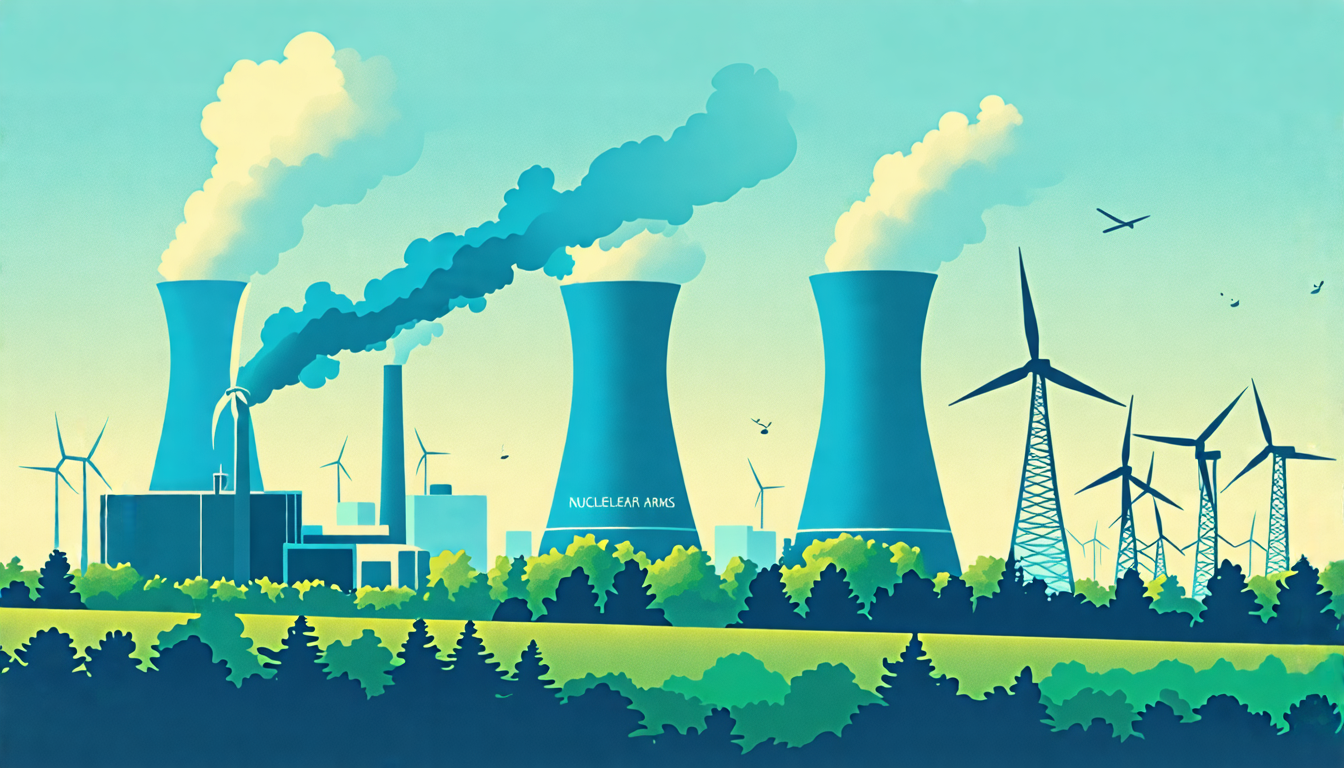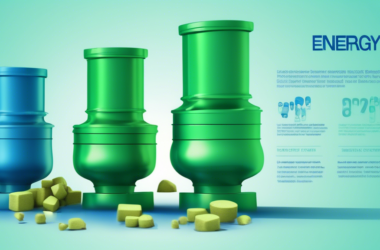Nuclear Warhead Dismantlement and Fuel Conversion
As of late September 2023, the United States has successfully dismantled 405 nuclear warheads since the start of the current reporting period, with approximately 2,000 additional warheads currently retired. This is part of a broader effort to significantly reduce the nuclear stockpile, which has seen an 88% reduction from its peak in 1967 and an 83% decrease from its 1989 levels. This dismantlement process is not only focused on disarmament but also on repurposing these materials for peaceful purposes, specifically through the conversion of dismantled nuclear warheads into fuel for advanced reactors.
The conversion of these materials aligns with the U.S. government’s objectives to enhance energy security and reduce dependency on foreign uranium suppliers, particularly Russia. By utilizing dismantled warhead materials, the United States is strategically shifting towards a more self-sufficient energy landscape while promoting the use of environmentally friendly nuclear energy.
Production of HALEU and Modernization Efforts
Advanced nuclear reactors require High-Assay Low-Enriched Uranium (HALEU), which is enriched above 10% uranium-235 compared to conventional reactor fuels. The production of HALEU is critical for the deployment of next-generation reactors, which promise to be more efficient and generate less waste. However, the production and use of HALEU raise significant security concerns due to its potential application in nuclear weapons. Experts are advocating for stringent security protocols to ensure proper oversight of this enriched material.
In conjunction with these developments, the U.S. is undergoing a significant modernization of its nuclear infrastructure, including the production of plutonium pits vital to nuclear warheads. The aging nuclear workforce demands substantial investment in training and modernization to sustain the nuclear enterprise effectively. These modernization efforts are essential not only for maintaining a robust nuclear deterrent but also for addressing emerging geopolitical threats from countries such as China and Russia.
The nexus of security, economic, and environmental considerations makes the conversion of nuclear warheads into fuel an intricate and multifaceted issue. The dismantling of large nuclear components, such as the USS Enterprise’s reactor, represents a complex, costly endeavor that highlights the need for a comprehensive approach to managing these materials safely and sustainably.









